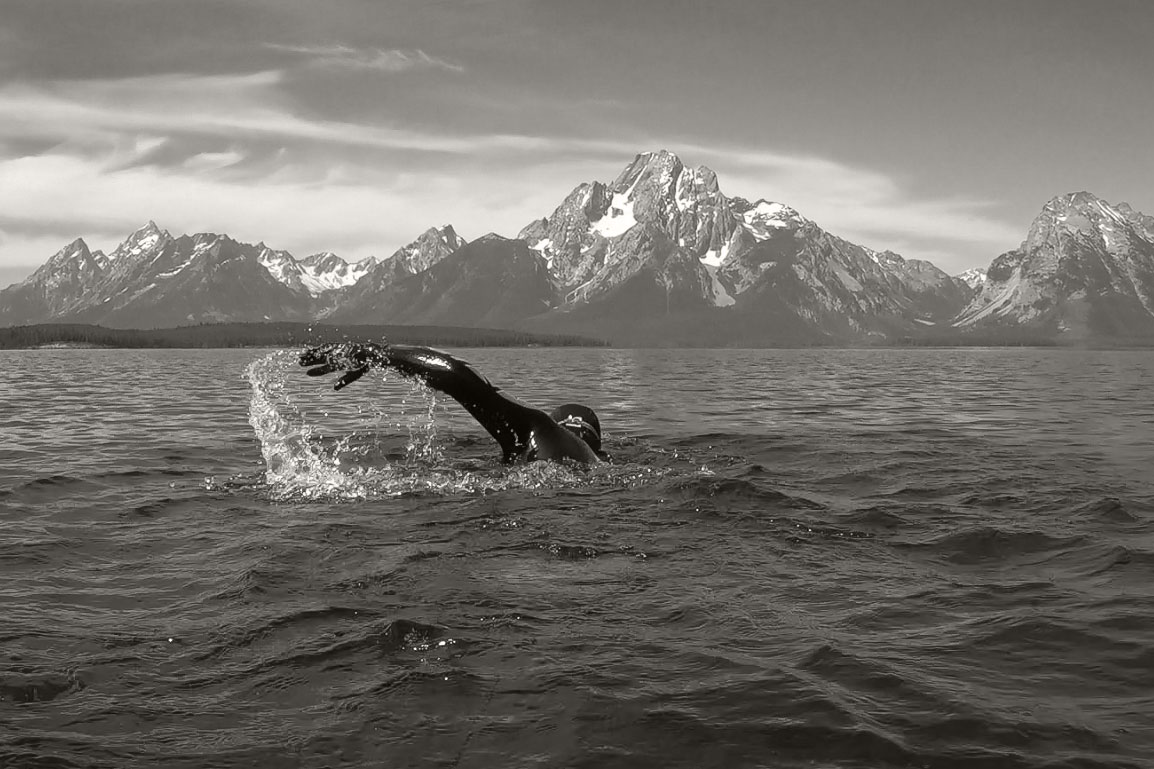As decreed by the International Committee of Extreme High Alpine Mixed Aquateering, if we’re to compare feats of picnicking, the playing field should be even, regardless of the exaggerated landscapes in which we play. The only way to level the field, and rightly hail pioneers and heroes, is to define picnicking by its purest, most audacious, most exemplary forms.

Categories:
Solo/Unsupported: Self-propelled, unsupported and unaccompanied. You carry all your own food and equipment and are completely self-sufficient from start to finish. No prior food or equipment drops. Some equipment and food will be naturally stashed along the way during a solo picnic, but such items are always retrieved during the same picnic. You end a solo picnic carrying the same supplies and equipment you started with, minus comestibles. No pre-placed ropes or climbing aids, unless they are an established part of the route, such as the fixed rope below the lower saddle on the Grand Teton. No willing accompaniment or support watercraft, even if they don’t carry equipment or food.(Accompaniment, even if no material or mechanical support is offered, still provides a measure of safety and mental relief. i.e. support.) Self-belays and rappels are allowable under the solo category, but not belays (top-rope or lead) from other people. This is the most difficult, riskiest, purest form of picnicking, and should be distinguished as such.

Team: Entirely human-propelled, with teammates sharing equipment, food, water, ropes, and belays among themselves, but without support by anyone not concurrently completing the picnic. As in a solo picnic, a team picnic means no prior food or equipment drops. Some equipment and food will be naturally stashed along the way during a team picnic, but you retrieve all such items during the same picnic. You end a team picnic carrying the same supplies and equipment you started with, minus liquids and comestibles. In ICEHAMA’s view, if a teammate does not complete the picnic, the picnic does not qualify as a ‘team picnic,’ unless at least two remaining teammates finish. If everyone on a team quits except one, that person has not soloed the picnic, since he or she had support during part of the picnic. Willing accompaniment by others on the bike route, trail or swimming route is considered to be support. If a picnicking team swimming a lake is willingly accompanied by watercraft, that picnic is supported. Note: spectators are not considered support, as long as they don’t provide you anything material or accompany you farther than a few comradely steps, if they should be so inspired. Which they should.
Supported: Human propelled from start to finish, but supported, aided, or willingly accompanied by non-picnickers along the way.

Definitions:
A picnic is a varied banquet of space and distance, human powered. It begins when you leave, and ends when you get back. A picnic is a single trip, out and back, door to door, taking as much or little time as you need.
First: Determined by start date, not finish time. If multiple people/parties start an original picnic on the same day, all those who continue and finish the course are credited with the ‘first.’
Fastest: The least slow

The Rules
Have as much fun as possible.
Don’t fall.
All disputes are to be settled with a picnic.
Photos by David Gonzales, John Douglass, and Adam Wirth


This is amazing! I love the concept! You mention “first” and “fastest.” Have you submitted any of these routes to https://fastestknowntime.com/routes ? It seems like it would be a great collaboration and bring the FKT community together with the picnic community (so to speak).
Please excuse me, I see that several picnic routes *are* already on the FKT website. For anyone else looking: https://fastestknowntime.com/route/grand-teton-picnic-wy